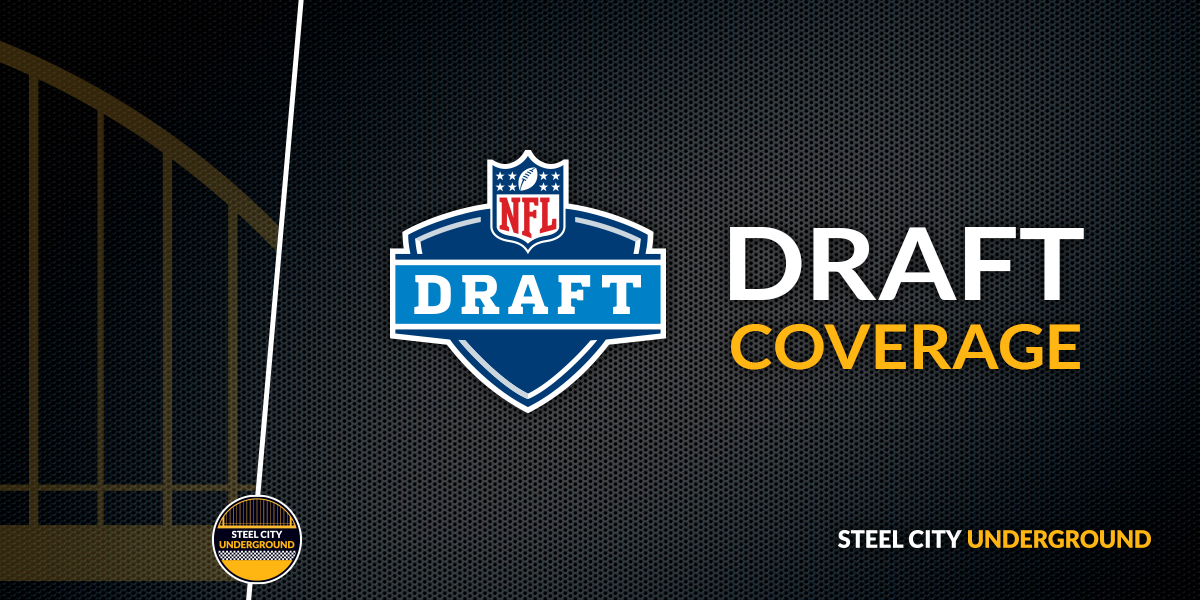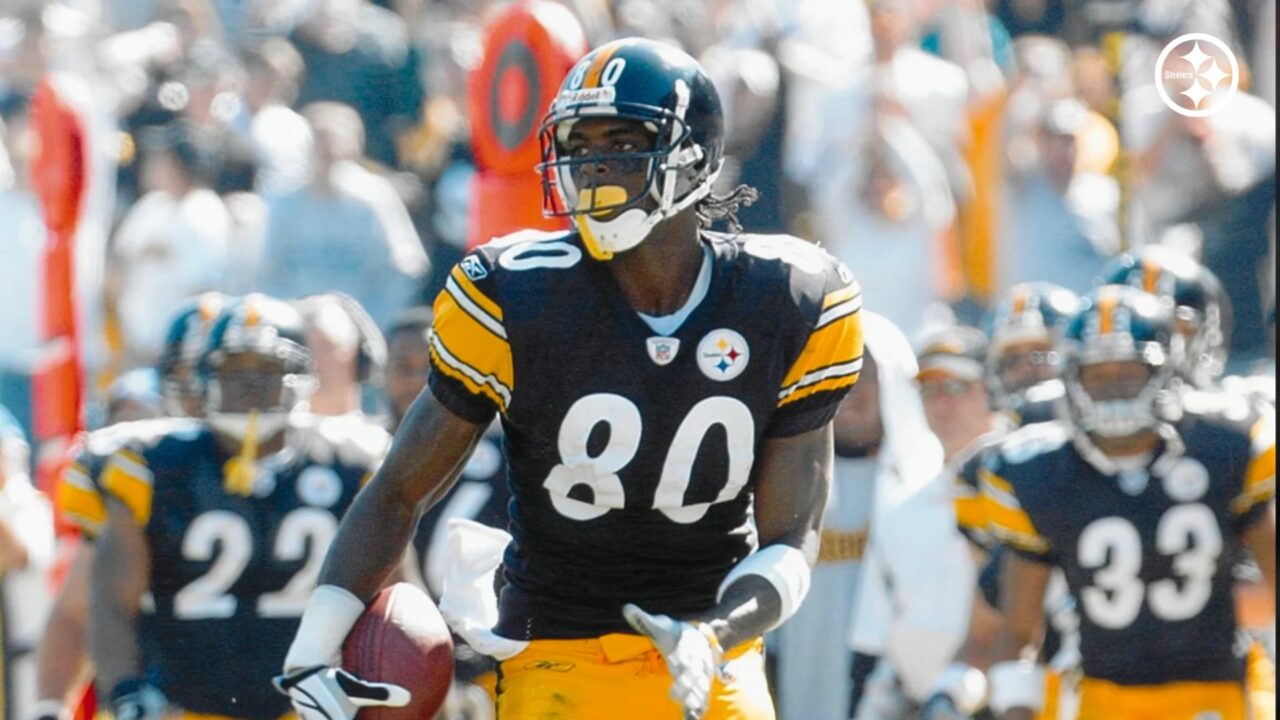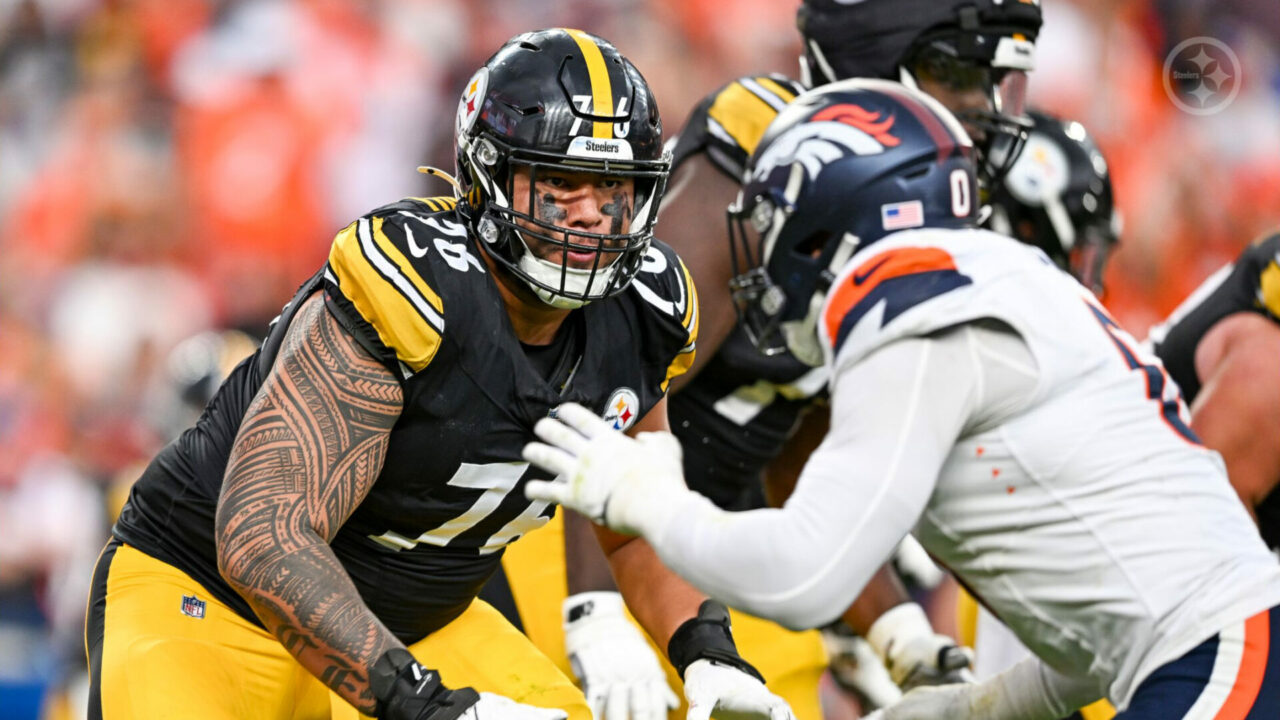The cost of moving up in the NFL Draft
There is a question that always seems to pop up during draft season. No matter which year, no matter where the Steelers may be drafting, the lure of a top pick always has somebody asking:
“Will the Steelers try and trade up?”
It’s not something the Steelers do often, and especially not in the first round. In 2003, the Steelers held the 27th pick in the draft, and moved up eleven spots, to sixteen (trading with the Kansas City Chiefs), in order to draft future Hall of Fame safety Troy Polamalu. It cost them their first, third and sixth-round picks.
In 2006, the Steelers had the 32nd pick after winning the Super Bowl in 2005. Again, they had a specific target in mind, trading with the New York Giants, to move up seven spots to the 25th pick to get Santonio Holmes. To move up those seven spots, the Steelers dealt their first, third and fourth-round picks.
If it wasn’t for the fact that the Steelers had extra picks in the third, fourth and fifth rounds it’s unlikely they would’ve made that trade. (If they only had that year’s draft picks, they essentially were giving up the entire top half of the draft to move up seven spots – they didn’t have a number two pick that year.)
Will the Steelers move up?
The point is, the Steelers rarely move up, and when they do, it’s usually because they have they have the ammunition to do so without hurting themselves because they have a specific player they are targeting.
The other thing to take into consideration is the relative strength of the draft. If the Steelers think they can find comparable players where they are, they are unlikely to move up. In deep drafts, the risk versus reward equation probably dictates that trading up is too costly for the value.
The formula for trading up isn’t terribly complex – picks have a point value, and they idea (of course) is to get more value on your side of the trade.
Walterfootball.com has a chart on their site that details the value of each draft pick. The simple math goes something like this: let’s say the Steelers (currently 30th, a pick value of 620 points) wanted to move up to, pick 15 (valued at 1,050 points), to make the trade “equal” they would need to add in picks that made up the 430 point differential.
That might mean they would need to give up their second rounder (284) and their third rounder (124) to make the move somewhat palatable to the team at 15 (currently the Indianapolis Colts).
There is more to it than just math
But the truth is, it’s not that simple!
If Indianapolis has their eye on a player, and they know he’ll be there at 15, but won’t be at 30, you have to make it worth their while. You’ll end up overpaying (which is where future picks seem to come in).
In the deal for Santonio Holmes, the Steelers had to offer up their first (590 points), their third (116) and their fourth (44) for a total value of 750 points. The Giants pick, 25th in the first, had a value of 720 points. It’s close, but the Steelers slightly overpaid.
On the other hand, the Steelers pulled a high-value deal in getting Polamalu. The Steelers moved up from 27 to 16. That left a point differential of 320 (1000 for 16 minus 680 for 27). The Steelers also gave the Chiefs their third-round pick (132 points) and their sixth (16.2 points) which meant the Steelers came out ahead on that deal, giving up fewer points (171.8 points to be exact, the value of a mid-third round pick) and ended up with a Hall of Fame caliber player.
Then you also have to take into consideration the overall value of the player. I loved Santonio Holmes. I loved him at Ohio State, and of course loved him as a Steeler. I think we can all admit, though, that Polamalu was on a different level. One is going to be wearing a gold jacket someday, and the other is not.
You have to account for the value of the player, as well as the idea of how the team is positioned with draft picks. In this draft, one considered very deep at the positions the Steelers really need (OLB/EDGE, CB, RB), losing picks in the mid-rounds could be much more costly than the simple point value. This is a draft where teams might want to add picks, not subtract them.
The Steelers have some flexibility because of the compensatory pick they have in the third round. If they decided to part with their 30th pick (124 points) they might be able to move up to 22 in the first round. If they were only willing to give up their 41st pick (88 points), then they might get to 25.
Maybe.
One last scenario: because it is the draft season, I just finished watching Draft Day. In that film, the Browns move up to the first pick, and in order to do so they give up their first (number 7) and their first in the following two seasons.
This is where things get dicey. When you trade future picks, you are projecting the value, because who knows what those picks are going to be (and is sometimes why they are tagged with “conditional” statements). Let’s stick with the Browns here, and assume their pick in the following two drafts will get “worse”, meaning they improve their record and thus draft lower in the following years. (I know, I know: it’s the Browns! Bear with me!)
The seventh pick has a value of 1,500 points. Let’s say the next season they are slightly better and have the tenth pick (1300 points), and the following year they are just that much better and have sixteen (1000 points). They are giving up 3800 points in picks for the number one pick, which has a value of 3000 points. A high price to pay, but not completely unreasonable.
That scenario is realistic when you project moving up to a top pick in the draft. You pay a premium. And that was moving up from number seven. Imagine if you are the team drafting at 30: to make it worthwhile you’d have to mortgage your future, even to get into the top ten.
Conclusion
When we talk about “moving up” in a draft, it’s important to understand why it doesn’t happen very often.
The cost is just too high.
It’s possible that in weak drafts, or drafts where need outweighs value, that the Steelers or any team might target a higher pick, and be willing to pay the associated cost.
This isn’t that kind of draft.
This year the draft is stacked, and it’s stacked in the Steelers favor. If anything, depending on how the first round plays out, the Steelers could find value in trading back, rather than up.
If history is any lesson, the Steelers will stay put, and take the players they have targeted at their spot. If you think about it, it hasn’t worked out badly for them over the past few years:
Ryan Shazier, Cameron Heyward, Sean Davis, Artie Burns, Javon Hargrave, Stephon Tuitt, Bud Dupree, Le’Veon Bell.
That reads like a series of pretty successful draft picks to me. I’ll take the occasional “miss” if the hits are going to be that plentiful.









